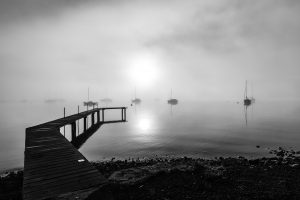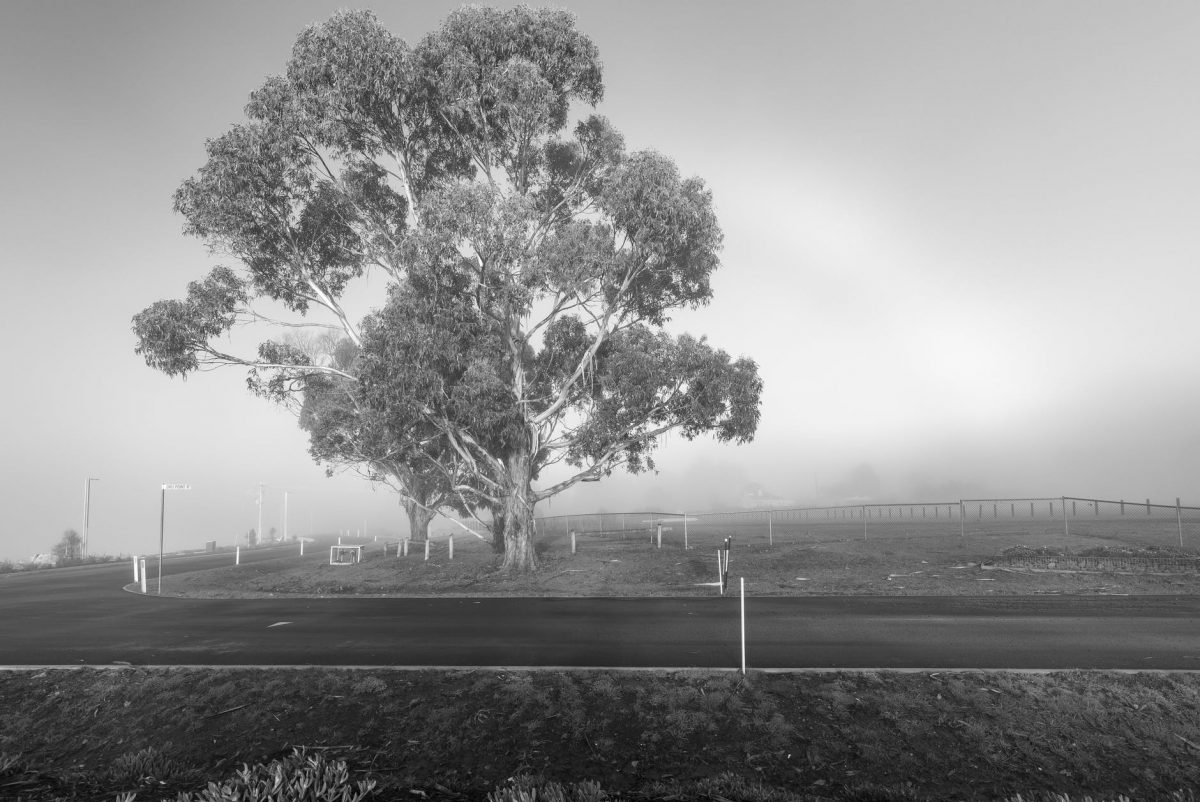Right at the edge of Australia’s Southern Territory, Hobart snuggles in the base of Mount Wellington across the estuary of the Derwent River – a gorgeous setting, which carries with it its dark past. Who could have expected this vibrant capital of Tasmania to be once a brutal penal colony, in which convicts were sentenced to decades of hard labor? These days, the town has adopted its rich culture and history. Its handsome convict-built buildings and intriguing galleries and museums are a number of the town’s leading tourist attractions.
As a result of the deep-water harbor, Hobart additionally boasts a rich seafaring tradition. Sailing remains a favorite pastime, and the iconic Sydney to Hobart Yacht Race is still one of the best events to look forward to every summer. Year around, locals and visitors flock to the shore to feast on fresh fish and stroll around the harbor gazing out at the yachts. Here are four places I would recommend:
Kunanyi (Mount Wellington)
Often white with snow – even in summertime, Mount Wellington (1,270 m) undulates into the west of Hobart just like a gentle slumbering giant. A narrow 21 km mountain road winds its way upward from the Huon Highway to the summit throughout temperate rainforest and subalpine scenery. In the Pinnacle, people can navigate old pictures from the observatory shelter and enjoy the stunning views across town; the ocean, as well as the magnificent World Heritage wilderness from afar. Mountain bikers like to go all of the ways to the base of the Mount Wellington from the summit, while those on foot may adhere to the secure boardwalks into the edge of their thrillingly steep escarpment. A striking characteristic of the mountain would be that the Organ Pipes, an array of dolerite columns and the famed rock-climbing site. A stroll from the Springs into Sphinx Rock along the way up to the Pinnacle delivers impressive views of those shard-like stone formations. Bushwalking trails appeal to all skills levels and key observational points provide a barbeque and picnic facilities. Sightseers should bring warm clothing for protection against the cold winds and icy weather.
Salamanca Place & Salamanca Market
Built between 1835-1860 on Sullivan’s Cove, the fine historic sandstone buildings of Salamanca Place are filled with heritage. Once regarded as the commercial hub of Hobart, the cobblestone strip is currently a tourist hotspot. From Battery Point, walk down through Kelly Steps to this busy precinct in which cafés, restaurants, antique dealers, and stores are fashioned like Georgian warehouses from the past. A cultural hub with artist studios, performing art venues and galleries, the Saturday Salamanca Markets is one of the most well-known attractions in the Salamanca Arts Centre. Over 300 vendors in the vicinity sell everything from handmade crafts, to potteries, glassware, and fresh produce. Chomping on fresh fish and chips at the neighboring Constitution Dock is a favorite pastime in Hobart. In the very first week of January, tourists come flocking here following the yearly Sydney to Hobart Yacht Race. Adjacent to Salamanca Place, the Parliament House which was initially built by convict labor in 1835-40, welcomes all sorts of people into the gallery to witness the Parliament in session.
 Battery Point
Battery Point
The old harbor part of Battery Point is similar to an open-air museum. The convicts who built the building were first-rate craftsmen, clearly, proven by the intricate details of the harbor. This enchanting Hobart suburb is located by the sea and is lined with quaint 19th-century styled cottages, an array of the best boutique hotels in Tasmania, and great restaurants. Highlights of this region are the Lenna House, a luxury resort which doubles as a heritage-listed sandstone mansion; waterfront Princes Park, where the original battery was once housed; the Narryna Heritage Museum; and not forgetting the mid-19th-century cottages found surrounding the Arthur Circus. The neoclassical St George’s Anglican Church found in Arthur Circus, dating from 1836, had been built by two of old Tasmania’s most prominent architects, James Blackburn and John Lee Archer.
Mona Museum and Art Gallery
The Museum of Old and New Art (MONA) was found in 2011 and has been one of Hobart’s most talked-about places to visit. The private collection of provocative contemporary art and antiquities is located underground and provides interactive Museum experience through the provided touchscreen devices. The gallery exhibits unusual works like an Egyptian sarcophagus and a machine which turns food to brownish slime, contributing its name as a subversive ‘Adult Disneyland’. Moving on from that, among the numerous facilities on this Hobart museum are a fine dining restaurant, entertainment facilities, a library, a cinema, and chic accommodations.
The video below shows a footage of the scenic Hobart taken in 1962:




